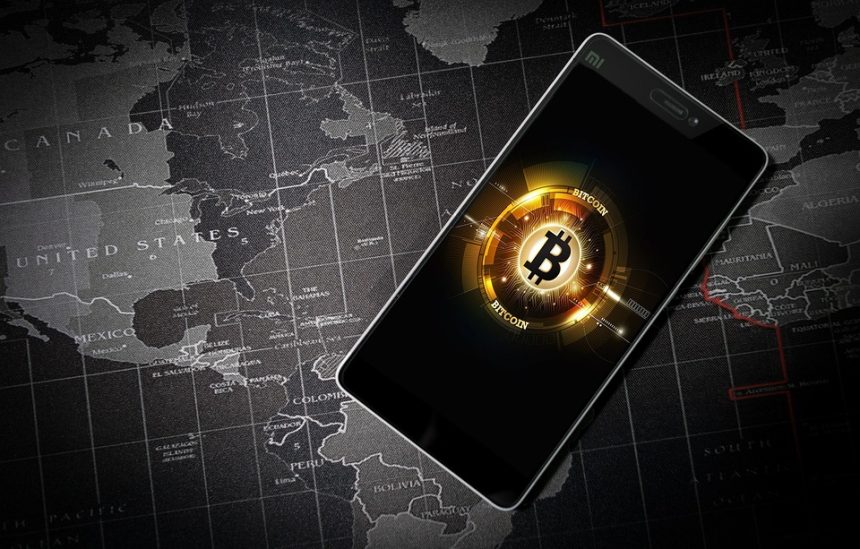Blockchain Breakthrough: How NFTs Are Transforming the Gaming Industry
The gaming industry has always been at the forefront of technological innovation, from the advent of 3D graphics to the rise of virtual reality. However, one of the most profound changes in recent years has come from an unexpected source: blockchain technology and its application in the form of Non-Fungible Tokens (NFTs). These unique digital assets have begun to reshape how players interact with games, create value, and experience ownership in virtual worlds.
Understanding NFTs and Their Role in Gaming
Non-Fungible Tokens are digital certificates of ownership verified and secured by blockchain technology. Unlike cryptocurrencies like Bitcoin or Ethereum, which are fungible and interchangeable, each NFT is unique and cannot be replaced with something else. This uniqueness is what gives NFTs their value, especially in a gaming context.
In video games, NFTs can represent anything from in-game items like weapons, skins, and characters to virtual real estate and collectibles. The introduction of NFTs in gaming solves a significant problem: player ownership. Traditionally, players invest time and money in games but do not own their assets; when a game shuts down or a publisher pulls the plug, everything acquired can vanish. With NFTs, players gain true ownership of their digital assets, stored on an immutable blockchain, ensuring that they have the ability to trade, sell, or utilize these items across different platforms.
Empowering Players with Ownership
The concept of ownership is transforming not just how players view their in-game assets but also how developers create game economies. In traditional models, game developers have the final say over what items are available and their market value. With NFTs, however, players can buy, sell, and trade items freely, creating a player-driven economy.
This shift empowers players significantly. Gamers can invest in assets they believe in, build collections, and potentially profit from their gaming endeavors. For instance, in games like "Axie Infinity," players engage in battles with creatures called Axies, which are, in fact, NFTs. Players can earn in-game currency, trade Axies on various marketplaces, and even make substantial profits, creating not just a game but a livelihood.
Interoperability and Cross-Game Experiences
One of the most exciting prospects of NFTs in gaming is interoperability. Imagine earning a unique sword in one game and being able to use it in another, or a character skin that transcends game titles. While this is not yet a widespread reality, the potential is immense.
Developers are beginning to explore cross-game compatibility, allowing NFTs to be used across various titles, effectively creating a shared universe of assets. Companies like Enjin and The Sandbox are working on platforms that would enable different games to share NFTs and digital assets, offering players a vast and interconnected gaming experience. This not only encourages a more immersive gaming experience but also fosters community engagement, as players can take their achievements across multiple titles.
The New Wave of Game Funding
Blockchain technology and NFTs are not just changing gameplay; they’re also revolutionizing how games are funded. Traditional game funding often relies on publishers, but emerging models such as Initial Game Offerings (IGOs) allow developers to sell NFTs before a game is fully launched. This crowdsourcing method gives players a stake in the games they want to see succeed.
This new funding model can create a more sustainable environment for indie developers, reducing reliance on large publishing houses and allowing for a more diverse range of game titles. Players become integral stakeholders in the development process, leading to a more vibrant and varied gaming landscape.
Challenges Ahead
Despite the transformative potential of NFTs in gaming, challenges remain. The environmental impact of blockchain technology, particularly proof-of-work blockchains, has raised concerns among players and developers alike. Furthermore, regulatory uncertainties surrounding NFTs and digital assets could pose hurdles.
Moreover, there is the risk of speculative bubbles. As with any nascent market, the excitement around NFTs might lead to unsustainable practices or inflated prices, risking the good reputation of the gaming community.
Conclusion
The intersection of blockchain technology and gaming heralds a new era of player empowerment and relationship with digital assets. NFTs are not just a fad; they represent a fundamental shift in how value, ownership, and creativity are perceived within virtual worlds. As the industry continues to evolve, we can expect to see innovations that not only enrich the gaming experience but also redefine the very fabric of interactive entertainment. With ongoing developments and adaptations, the gaming sector stands on the brink of a digital renaissance, paving the way for unprecedented connectivity, ownership, and opportunities.
In the end, NFTs could very well redefine what it means to be a gamer in the digital age, providing players with the tools to shape their virtual destinies, connect with communities, and truly own their in-game experiences. The future of gaming is here, and it’s decentralized, player-owned, and ripe with possibilities.






